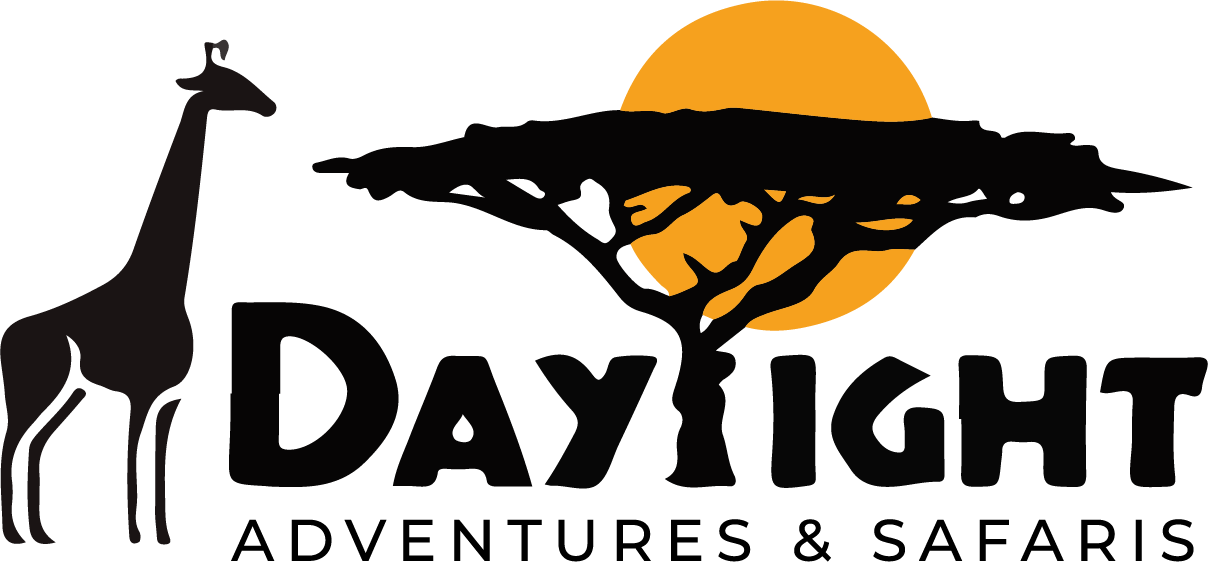Elizabeth National Park
DestinatiON DETAILS
About Queen Elizabeth National Park
Nestled in the western part of Uganda, between the serene Lakes George and Albert, lies the majestic Queen Elizabeth National Park, a sprawling expanse of natural beauty and wildlife diversity. Covering approximately 700 square miles, this park is a haven for nature enthusiasts and adventure seekers alike. Named after Queen Elizabeth II following her visit in 1954, this park boasts a rich history and a plethora of attractions that make it one of Uganda’s most sought-after destinations.
Queen Elizabeth National Park is renowned for its incredible biodiversity, housing an impressive array of wildlife. With over 95 mammal species and 618 bird species, including the highest bird diversity in Africa, it offers a truly immersive safari experience. From the iconic tree-climbing lions of the southern Ishasha sector to the bustling Kazinga Channel, teeming with hippos, Nile crocodiles, and elephants, the park is a treasure trove of natural wonders.
Visitors to Queen Elizabeth National Park can explore the vast Kasenyi Plains, home to a multitude of antelopes, Uganda kobs, and predators, providing ample opportunities for wildlife sightings. The Kalinzu Forest and Kyambura Gorge offer captivating chimpanzee tracking experiences, while the Mweya Peninsula provides stunning panoramic views of Lake Edward and abundant game viewing opportunities.
For those interested in cultural experiences, the park offers encounters with local communities, featuring storytelling, dance, and music, providing insights into the rich cultural heritage of the region. Additionally, the park’s diverse ecosystems, ranging from sprawling savannas to lush forests and sparkling lakes, offer breathtaking vistas that captivate the imagination.
At the Katwe Explosion Crater Lakes, visitors can marvel at sweeping views of the Rwenzori Mountain ranges and the Western Rift Valley escarpments, while witnessing traditional salt mining at Lake Katwe. Whether embarking on a thrilling boat ride along the Kazinga Channel or trekking through the verdant forests in search of primates, Queen Elizabeth National Park promises unforgettable adventures at every turn.
Accommodation options within the park cater to a range of preferences and budgets, from luxurious lodges to rustic campsites, ensuring a comfortable and immersive experience amidst the wilderness. With the dry season from January to February and June to September considered the best time to visit, visitors can witness the park’s abundant wildlife in their natural habitat.
In essence, Queen Elizabeth National Park is a medley of wonders, offering a harmonious blend of natural beauty, wildlife diversity, and cultural heritage. Whether exploring its vast savannas, traversing its lush forests, or immersing oneself in the vibrant local culture, every moment spent in this enchanting park is sure to leave a lasting impression.


Related Safaris

10-Day East African Safari: Queen Elizabeth, Bwindi, Amboseli, Nakuru & Maasai Mara
Can be Customized
Suitable for Both Single Travelers and Groups of Any Size

5 Days Kenya Safari & Gorilla Trek
Can be Customized
Suitable for Both Single Travelers and Groups of Any Size

8-Day Adventure: Bwindi, Masai Mara, and Lake Naivasha Expedition
Can be Customized
Suitable for Both Single Travelers and Groups of Any Size
FAQs
What is Queen Elizabeth National Park known for?
Queen Elizabeth National Park is known for its diverse wildlife, including elephants, lions, hippos, and a variety of bird species, as well as its scenic landscapes such as the Kazinga Channel and the Ishasha Sector.
How much does it cost to visit Queen Elizabeth National Park?
The cost of visiting Queen Elizabeth National Park varies depending on factors such as entrance fees, accommodation, and activities. Entrance fees typically range from $20 to $40 for foreign non-residents.
Are there gorillas in Queen Elizabeth National Park?
No, mountain gorillas are not found in Queen Elizabeth National Park. They are primarily located in Bwindi Impenetrable National Park and Mgahinga Gorilla National Park in Uganda.
Are there rhinos in Queen Elizabeth National Park?
No, rhinos are not present in Queen Elizabeth National Park. They were historically found in the park but became extinct due to poaching.
How long do you spend at Queen Elizabeth Park?
The duration of a visit to Queen Elizabeth National Park can vary depending on personal preferences and the activities planned. Visitors typically spend at least one to two days exploring the park.
Are there giraffes in Queen Elizabeth National Park?
No, giraffes are not naturally present in Queen Elizabeth National Park.
What is the unique selling point of Queen Elizabeth National Park?
The unique selling points of Queen Elizabeth National Park include its diverse wildlife, including the tree-climbing lions of the Ishasha Sector, the boat safaris along the Kazinga Channel, and the opportunity for cultural encounters with local communities.
Why visit Queen Elizabeth National Park?
Visitors come to Queen Elizabeth National Park for its exceptional wildlife viewing opportunities, scenic landscapes, and cultural experiences, as well as activities such as game drives, boat safaris, and birdwatching.
How do you get to Queen Elizabeth National Park?
Queen Elizabeth National Park can be accessed by road from various parts of Uganda, with the main entrance located approximately 420 kilometers southwest of Kampala, the capital city.
What is the cultural encounter in Queen Elizabeth National Park?
The cultural encounter in Queen Elizabeth National Park involves interacting with local communities such as the Bakonzo and Banyaruguru tribes, learning about their traditional way of life, and participating in activities like village walks and cultural performances.
How much does it cost to zipline at Queen Elizabeth Park?
The cost of ziplining at Queen Elizabeth National Park varies depending on the tour operator and package, but it typically ranges from $50 to $100 per person.
How many gates does Queen Elizabeth National Park have?
Queen Elizabeth National Park has multiple entrance gates, including the main gates at Mweya and Ishasha, as well as other access points for different sectors of the park.
Can you picnic at Queen Elizabeth Park?
Yes, visitors are allowed to picnic at designated areas within Queen Elizabeth National Park. However, it’s important to follow park regulations and guidelines to ensure the safety of both visitors and wildlife.
Why is Queen Elizabeth Park named after Queen Elizabeth?
Queen Elizabeth National Park was named in honor of Queen Elizabeth II of the United Kingdom, who visited Uganda in 1954.
How many elephants are in Queen Elizabeth National Park?
Queen Elizabeth National Park is home to a significant population of elephants, although exact numbers are difficult to determine. The park’s elephant population is estimated to be several hundred individuals.
How many Crater Lakes are in Queen Elizabeth?
Queen Elizabeth National Park is home to several crater lakes, including Lake Katwe, Lake Munyanyange, and Lake Nyamunuka, formed by volcanic activity in the region. The exact number of crater lakes within the park is not specified.
Book Now
Any Question? Feel Free to Contact
Our safari consultants are here to respond to your queries with precision and clarity. So don’t hold back!

